The relation between a pandemic and a war has never been clearly established. While there have been wars in the post-pandemic world, a truly global conflict never really occurred. But the ongoing Coronavirus pandemic is a different one. The world is now interconnected and as the economic fallout has started to appear that will lead to a global depression, a conflict of large scale is probably inevitable.
A conflict has long been brewing with China's communist regime as it did during the Cold War with the Soviet Union. The cracks have been appearing in the last few years with China's Wolf Warrior diplomatic tactics undermining the established Pax Americana. And when the two superpowers clash, conflict is unavoidable as was the case during the Cold War. Thus, it opens up possibilities of a potential global conflict that may lead to the World War that we have avoided for over 70 years.
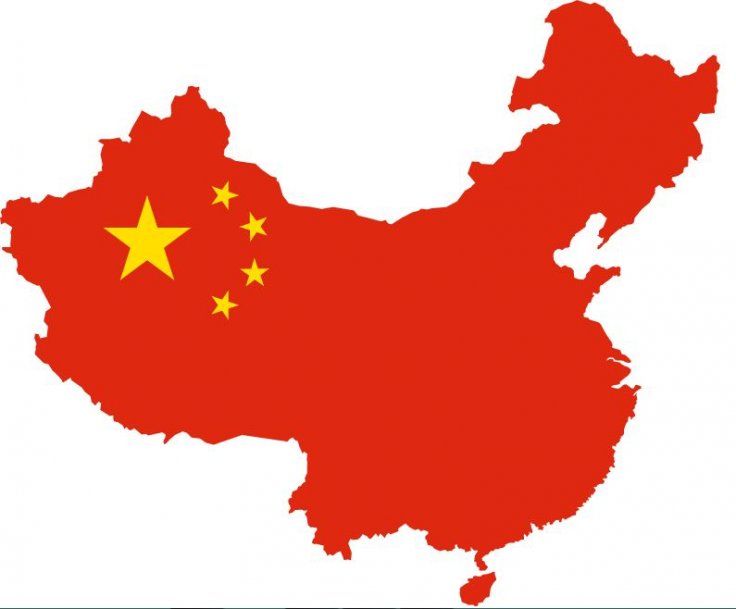
China, The Common Enemy
So far, despite the cracks, there has not been a military conflict. The U.S. and its allies have played blame games targeting China and North Korea. While China never really acknowledged any wrongdoing, it has covertly forwarded its agenda through either its economic power (debt trap) or its military prowess despite never engaging in combat.
However, the ongoing COVID-19 pandemic has enabled the U.S. and its allies to target a common enemy in China. And more than a global health crisis, it has become a once-in-a-generation political calamity that is about to explode. The U.S. has its President repeatedly blaming China for the COVID-19 pandemic while its allies too have demanded an independent probe into the origin of the virus.
China has been accused of bioengineering the virus, censoring COVID-19 related queries and covering up its potential Wuhan Lab leak. Many experts across the globe have pointed toward the possibility of a conflict while many others have dismissed such claims.
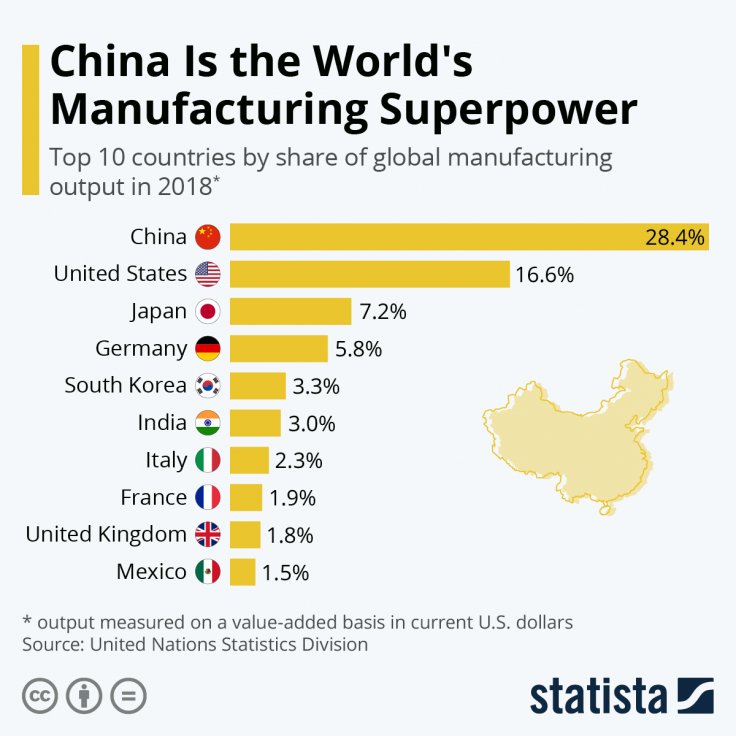
Economic Rivalry
But even if the conspiracy theories are to be scrapped, China will emerge as the strongest economy, surpassing the U.S. in the post-Covid-19 years. The pandemic setback has crumbled the world economy due to lockdown measures but China escaped relatively unscathed having managed the pandemic well. The Asian nation has bragged about its "early measures" while its rivals have blamed the country for orchestrating an economic attack.
The U.S., Japan, Germany, India, U.K., France, Italy, Brazil and Canada are all in counted among the top economies in the world but all will see a recession that will potentially wipe out the gains of the last decades. But China, which has already bounced back from a dip in production due to the lockdowns, will come out stronger while its nearest rival U.S. will still need a few years' time to recover.
Apart from that, China is the world's manufacturing hub with over 28.4 percent of total output. While the sector contributes over 40 percent to its GDP (gross domestic product), it is not completely dependent on manufacturing. History points toward a turmoil after a pandemic and economic recession. As the world is amid both, conflicts will rise invariably.
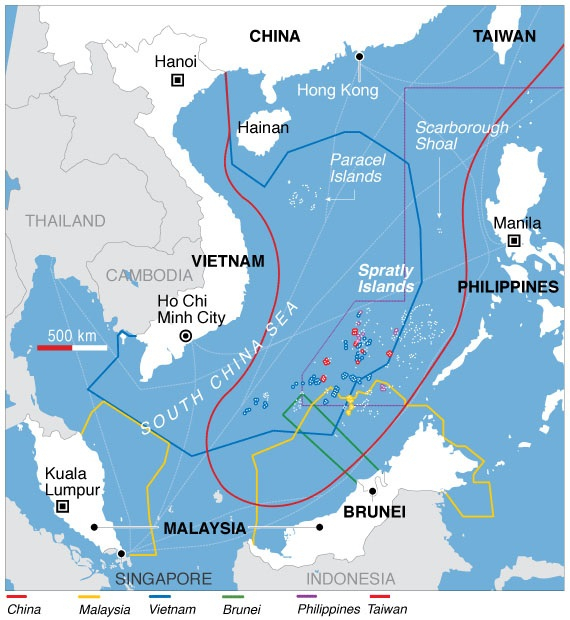
South China Sea
However, the real conflict is in the South China Sea, which homes the world's one of the most important international shipping lanes besides natural gas. The dispute is more of an economical in nature than just territorial. China has aggressively pushed its neighbors and has claimed many disputed islands. With China constantly increasing its military presence in the area, it has dragged the U.S. into a potential conflict.
The Philippines, a U.S. ally, has been in loggerheads with China over natural gas reserves in the South China Sea. Other powers in the region, Brunei, Taiwan, and Vietnam have been seeking U.S. support to corner China.
East China Sea
In the East China Sea, the focal point is on the Senkaku/ Diaoyu islands. Japan formally claimed the islands in 1895 but China said it had historical rights. The U.S. temporarily overtook the islands in World War II but never claimed sovereignty. It means, the islands still officially belong to Japan and any change in the status-quo will drag the U.S. as well. More importantly, the islands are surrounded by rich fishing areas and oil and natural gas reserves.
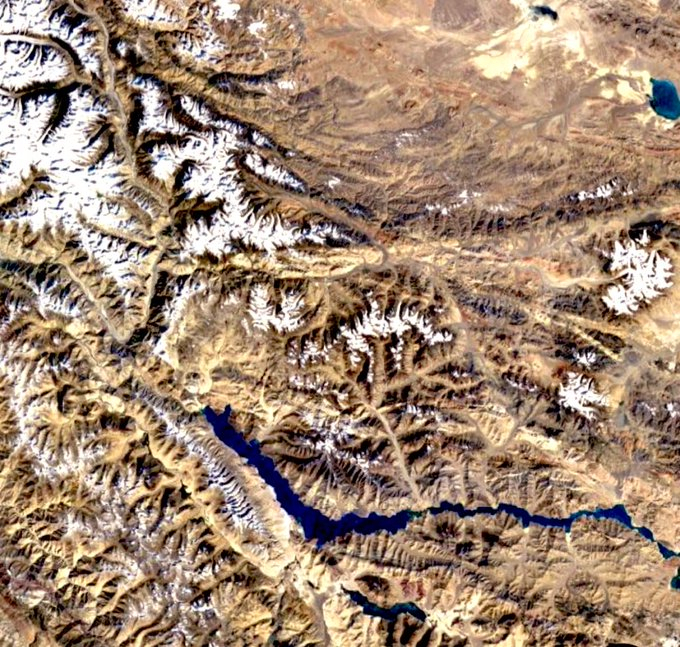
Himalayan Conflict
In South Asia, the biggest potential area of conflict is the Himalayan region. With India being its biggest rival in the region, China has often increased its presence in the area. That has threatened not only India but also Nepal and Bhutan. Recently, the border clash between Indian and Chinese troops at the Galwan valley in Ladakh led to several deaths on both sides.
But the main point of conflict is in another part of the Himalayas -- the Kashmir valley. Sandwiched between three nuclear-armed states — India, China and Pakistan — the region has seen four wars. The region has been the bone of contention between India and Pakistan since 1948 and there is no slowing down.
With China being the biggest ally of Pakistan in recent times, the conflict has only grown. Besides that, China's Silk Road and Pakistan-China corridor have also threatened India's sovereignty. China has also been building surface-to-air missile site in Tibet that borders India.

Middle East Crisis
Moving over from China, there are other factors that could lead to a global conflict. The complexity of the Middle East always has been a point of concern and potential region where World War III could begin. There are economic, territorial, political and religious factors involved that could be a book in itself. The region has seen multiple unrests, wars, civil wars. Currently, Syria and Libya are witnessing a civil war with western powers involved too.
Apart from them, nuclear-armed Israel has been in conflict with Palestine for years over Gaza territory and has seen multiple wars being fought between the two nations. The region has also seen other countries like Russia and the U.S. along with its allies often joining the conflicts that are ever-present and threatens world peace.
North Korea
In the Korean peninsula, another nuclear-armed state North Korea has strengthened its arsenal over the last decade, raising concerns in the region, especially among South Korea and Japan. Despite South Korea and Japan both receiving U.S. protection, North Korea's communist regime and its Supreme Leader Kim Jong Un has often threatened to unleash nuclear power.
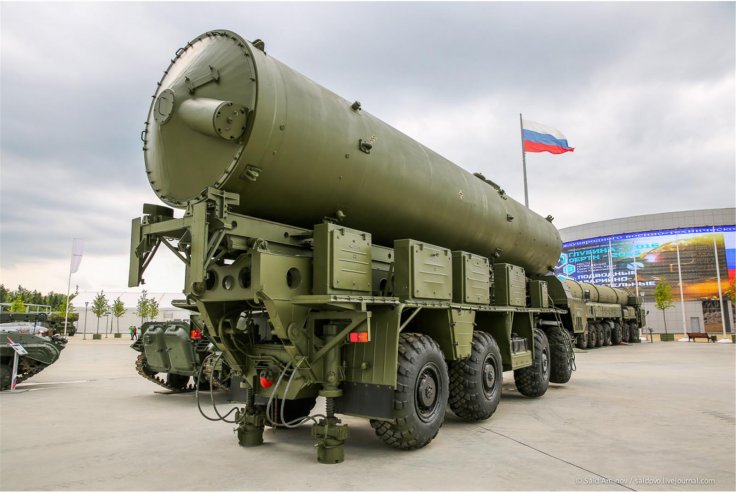
East Europe
Following the end of the Soviet Union, the region has seen many dictators and unrest. But nothing can be compared to the Cold War between Russia and the U.S. that lasted for close to 40 years. With Russia emerging as the biggest power following the Cold War, it has always been perceived as a threat to the NATO countries which also includes the U.S. Among NATO countries, U.S., U.K., France there are over 2,000 nuclear warheads besides Russia's close to 1,500.
As Russia has always been counted as an aggressor and the recent annexation of Crimea, it could potentially lead to a bigger conflict.
Islamist Insurgency
However, apart from the territorial and political disputes, the world has seen an often resurgence of Islamic insurgency. With countless organizations operating mainly from the Middle East, the world has seen many terrorist attacks over the last three decades.
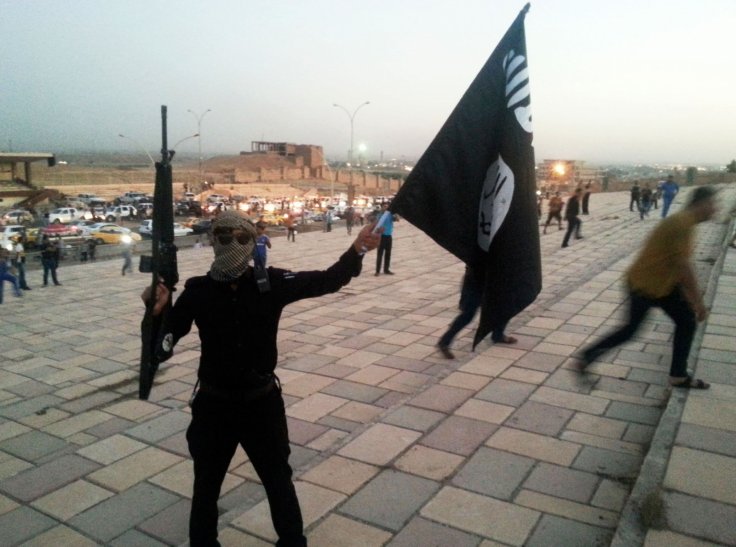
The war against terrorism has led to the destruction of properties in trillions of dollars with millions of lives lost in the Middle East alone while terrorist attacks have also taken thousands of lives. The U.S., India, Pakistan besides European and Middle East countries suffering the most.
The recent emergence of the Islamic State of Iraq and Levant (ISIL) also known as ISIS, also challenged world peace and that led to another war in Iraq and Syria with the U.S., as always, leading the fight. If the world unites against such threats and the terrorist organizations receive support from Islamist nations, it could lead to a devastating and potentially World War III.
However, more than a large-scale war, proxy wars, or small-scale conflicts have been growing over the last few years and if countries take sides, the result could be disastrous. There are also state-sponsored cyber attacks that have grown immensely in the last five years.








